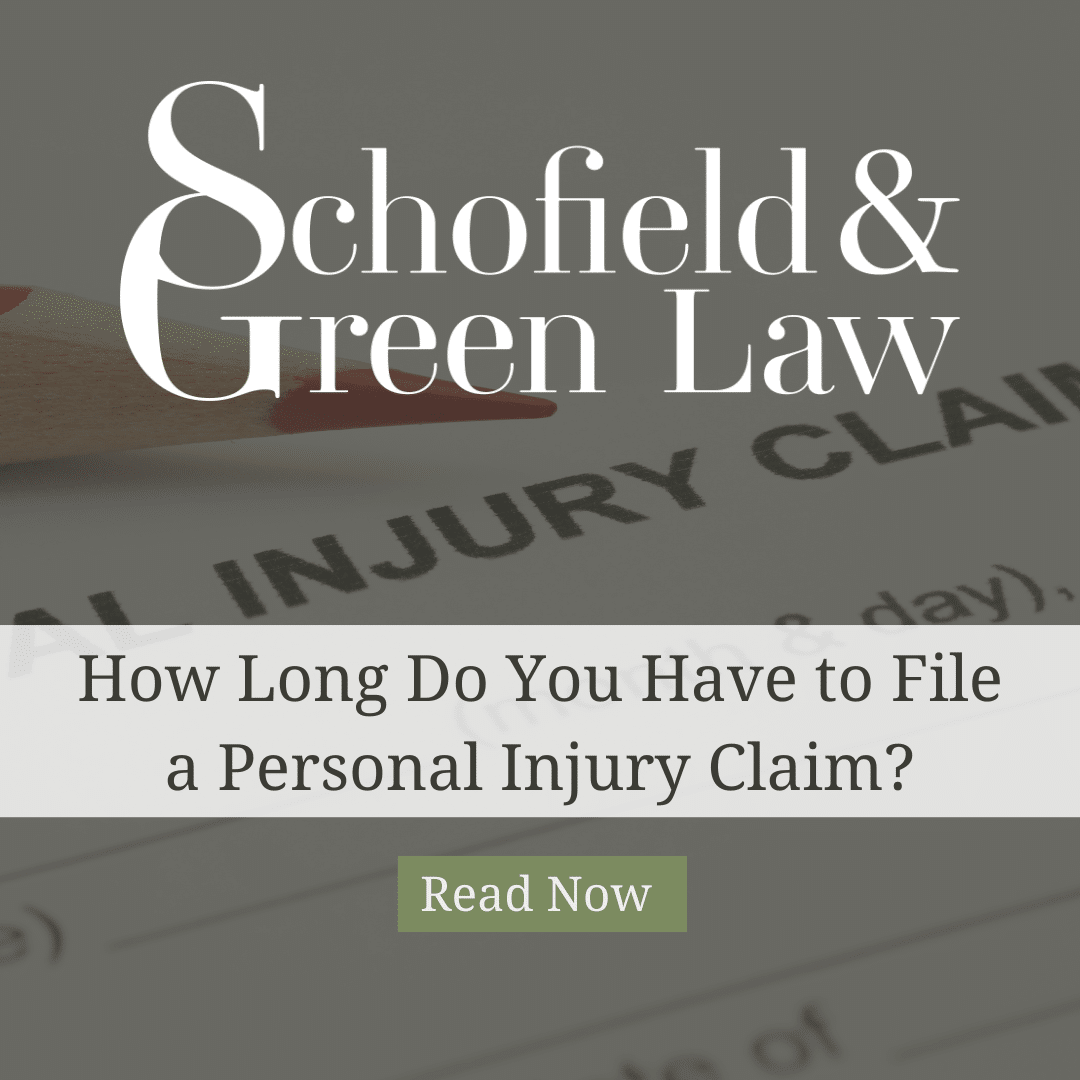Rideshare services like Uber and Lyft have become a common part of daily life in Colorado Springs. Whether you’re getting a lift from downtown to Old Colorado City, or catching a ride home from a night out on Tejon Street, these convenient options are now woven into the fabric of local transportation. But what happens if you’re involved in an accident during one of these trips?
Rideshare accidents can be more complicated than regular car crashes. With multiple parties involved — including the driver, rideshare company, and insurers — figuring out your next steps can feel overwhelming. At Schofield & Green Law, we specialize in helping victims of rideshare accidents navigate these complexities and secure the compensation they deserve.
In this post, we’ll walk you through the exact steps you need to take after a rideshare accident in Colorado Springs to protect your health, your rights, and your financial future.

The Rise of Rideshare Accidents in Colorado
Rideshare accidents are on the rise in Colorado. Between 2021-2022, Uber reported 153 motor vehicle fatalities, with the highest year-to-year percentage increase since 1975. The number of accidents without reported fatalities is even higher. With major corridors like Nevada Avenue and Academy Boulevard seeing increased congestion, the likelihood of being involved in a rideshare-related crash is higher than ever.
One third of rideshare drivers surveyed have reported being involved in an accident while working. According to the University of Illinois Chicago, using a cellphone, driving tired, or driving on unfamiliar roads increases the likelihood of an accident.
A recent study in the Journal of Safety Research is among the first to examine how often rideshare drivers are involved in crashes, according to Brett Shannon, a post-doctoral student at the University of Illinois Chicago School of Public Health and the study’s lead author.
If you’ve been involved in a rideshare accident in Colorado Springs, Uber reports to follow these steps:
Step 1: Prioritize Safety and Call 911
Whether you’re a rideshare passenger, the driver, or in another vehicle hit by an Uber or Lyft, your first priority should always be safety.
- Check for injuries. Look for signs of pain, dizziness, or disorientation in yourself and others.
- Move to safety. If the vehicles are operational and it’s safe to do so, move to the side of the road. If you’re on a busy street like Austin Bluffs Parkway or Powers Boulevard, be especially cautious of fast-moving traffic. Remember, it is Colorado law to move accidents from traffic.
- Call emergency services. Even for minor accidents, it’s important to have police and medical professionals assess the scene. An official report can be a critical piece of your Uber accident claim later on.

Step 2: Get a Police Report
A police report is a vital part of any rideshare accident case. It serves as an official record of what happened, identifies the parties involved, and may include the officer’s assessment of fault.
If you’re a passenger in a rideshare, you may not have all the driver’s information — which makes the police report even more important. Be sure to ask the responding officer how to obtain a copy for your records.
You’ll need to submit a DR2489 (Requestor Release and Affidavit of Intended Use) with the El Paso Division of Motor Vehicles and pay the applicable fee.
Step 3: Gather Evidence at the Scene
If you’re physically able to, take a few moments to document the scene:
- Photograph the damage to all vehicles involved, including the rideshare car.
- Capture the scene. Take wide shots of the intersection, road conditions, traffic signs, and anything that may have contributed to the accident.
- Document injuries. Photograph any visible injuries as soon as possible.
- Collect witness information. If someone nearby saw the accident, ask for their name and contact info. Their testimony can support your version of events.
This evidence is extremely helpful when dealing with complex insurance policies or pursuing an Uber accident settlement.

Step 4: Exchange Information — Including the Rideshare Driver
Even if you’re not the one behind the wheel, it’s important to collect key information like:
- Full name and contact info of the rideshare driver
- License plate and driver’s license number
- Rideshare company name (Uber, Lyft, etc.)
- Insurance details — including personal auto insurance and any Uber or Lyft coverage they carry
Keep in mind: Rideshare drivers often carry both personal and commercial policies, and coverage depends on what “stage” of the ride the driver was in (waiting for a request, en route to a pickup, or transporting a passenger).
Step 5: Seek Medical Attention
Don’t assume you’re okay just because you feel fine after the crash. Injuries like concussions, whiplash, or internal damage might not show up until hours or even days later. Getting medical care quickly helps you:
- Catch hidden injuries early.
- Start a treatment plan promptly.
- Create a medical record that links your injuries to the accident — which is crucial for insurance claims and legal action.
Whether you visit a hospital like UCHealth Memorial or a nearby urgent care, be sure to keep records of your visits, diagnoses, and treatment plans.

Step 6: Notify Insurance — But Tread Carefully
Reporting the accident to insurance is a must, but be careful what you say. If you’re a passenger, you’ll likely need to file a claim against the rideshare company’s insurance. If you were hit by a rideshare driver, you may need to deal with both their personal and corporate insurance carriers.
Key reminders:
- Do not admit fault, even casually.
- Do not agree to a quick settlement before fully assessing your injuries.
- Stick to the facts and avoid speculation.
This is where rideshare attorneys can step in to guide you. Uber and Lyft have aggressive insurance teams whose goal is to minimize payouts — and victims without legal representation often walk away with less than they deserve.
Step 7: Contact a Rideshare Accident Attorney in Colorado Springs
Navigating Uber accident claims or figuring out what to do after a Lyft driver accident isn’t straightforward. Each case has its own unique factors, and Colorado laws around insurance coverage, liability, and compensation can be hard to interpret alone.
That’s why it’s smart to consult with a rideshare accident lawyer who knows the ins and outs of these complex cases. Whether you’re dealing with Uber driver accident insurance questions or seeking compensation for long-term medical care, having a knowledgeable advocate on your side makes all the difference.
Read More: Are Baby Boomers Taking Unnecessary Risks?

Get Help from Colorado Springs’ Trusted Rideshare Lawyers
If you’ve been injured in a rideshare accident in Colorado Springs — whether as a passenger, pedestrian, or another driver — you don’t have to navigate it alone. Schofield & Green Law is here to help.
As experienced rideshare accident attorneys, we understand the layers of insurance policies, liability challenges, and legal strategy involved in Uber and Lyft accident cases. Our goal is to protect your rights and secure the compensation you deserve for your injuries, lost wages, and suffering.
Schedule a free consultation today to speak with a rideshare accident lawyer who’s ready to fight for you.







